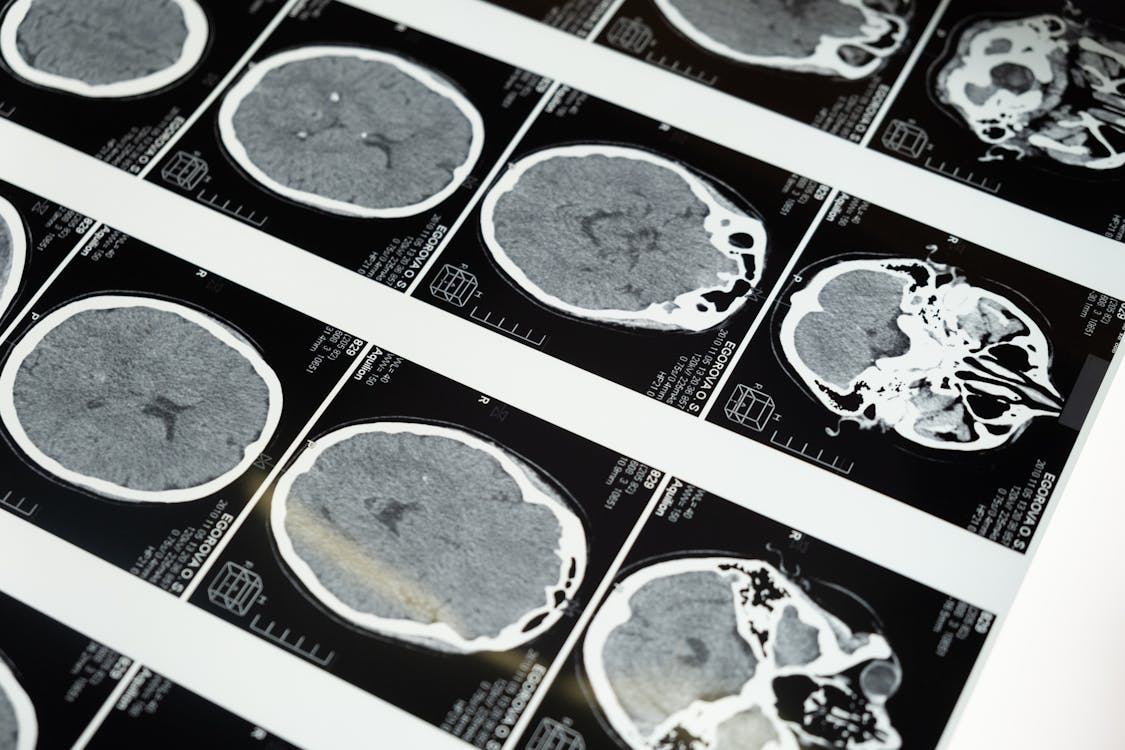
Sex differences in the brain: Is there a male and a female brain?
For many years, science has tried to explain how women and men are different beyond sexual traits. On this matter, research continues on how sex differences in the brain extend to more internal biology, including our brain.
Some studies support the relationship between human brain structure and behavior, personality, cognition, attitudes and gender characteristics. Maybe because of this, there are theories categorizing it into two forms: male-brain and female-brain. Nevertheless, more recent studies cannot confirm the existence of this sexual dimorphic view of human brains.
Sex Differences in the Brain
As mentioned before, everything we are, from behavior, cognition, and attitudes to gender expression, has a base on the brain.
But it’s important to note that factors influencing brain development in both males and females include, not only biology but also the environment. By this, we must then consider that culture, and social constructions have an important role in how we build relationships with the world. Let’s see what we know about the biology of sex differences.
Structure and Function
Research related to gender differences in the brain shows us some general differences on brain structure and function in men and women:
- Sex differences in the brain begin as early as fetal development. The hormone testosterone plays a role in the “masculinization” of the brain. Although this hormone is present in both men and women, males have it in a bigger proportion.
- Males, on average, have larger total brain volume than women. Nevertheless, the volume and tissue density differ depending on the region:
Men have higher volume in bilateral limbic areas and left posterior cingulate gyrus. Whereas women have a larger volume in the right hemisphere of the brain related to language and the limbic structures. (More on the functions of your limbic system)
In relation to tissue density, men have a higher proportion in the left side of the limbic system, while women’s tissue density is higher in the frontal lobe. - Both sexes share the circuitry needed to generate male or female-typical behaviors. Nevertheless, it depends on the activation or repression of these circuits, as well as the strategies our brain uses to generate them.
- Scientists have also studied sex differences in the structure of the brain related to psychopathological conditions. In general, ADHD, autism, conduct disorders, specific language impairment, Tourette’s syndrome, and dyslexia prevail in males. Women, on the other hand, prevail in suffering from depression, anxiety, and anorexia nervosa.
The Environment
Without a doubt, different characteristics need to be analyzed in both genders. Some brain regions are smaller or with higher tissue density in men or women, while others are bigger or have lower density. Of course, this may explain why women and men have different skills and may have typical behavior according to gender.
However, it’s very important to understand that this doesn’t make it a rule. These traits are not to be present in every man or woman. Moreover, male or female-typical behavior might also be constructed by society and the environment.
Thanks to neuroplasticity, the brain’s connections can change throughout our lives. This means that the more we stimulate different areas of the brain, the more connections we’ll generate. If both sexes have the same structures and functions in the brain, it will depend on how often a person puts them in practice. For this reason, the brain’s “use it or lose it” approach is important for cognitive maintenance.

But do you activate your brain?
There are many brain gym activities that can help. As you may know, there are many benefits of exercise on the brain, as well as benefits of learning foreign languages. But more importantly: get enrolled in new and challenging activities for you.
The brain gets more active when doing tasks you’re not used to. It “forces” the brain to learn new pathways and create more connections between different regions. When performing a certain task, your brain learns the pathway, making it easier to achieve it over time. Brain games can also be a great way to improve neural connections, and luckily there are some programs dedicated to improving brain connections and brain areas ;).
The Brain Mosaic: A New Theory
Considering all this information, a professor at Tel-Aviv University, Daphna Joel (2015), has different findings on sex differences in the brain. Her study, along with other scientists, consisted of analyzing the MRIs of 1.400 people’s brains. They observed the differences in the distribution of the gray matter, white matter, and connectivity. And what did they find?
- Brains cannot be categorized as male or female. They are “comprised of unique ‘mosaics’ of features. Some more common in females compared with males, some more common in males compared with females. Some more common in both females and males” (Daphna et al., 2015).
- Brains with features belonging to the “maleness-femaleness” continuum are not common. They found a low or limited amount of brains considered or categorized as “full male/full female”. The great majority have both “male-female” features.
- Variability prevails on these features, rather than consistency. “The forms that are evident in most females, are also the ones evident in most males”. The general characteristics of each sexes’ brain vary greatly, making a classification uncertain as they both share these features.
- Quantifying instead of qualifying. “It’s more appropriate and informative to refer to measures of the brain in quantitative ways, rather than in qualitative ways (e.g. “male” or “female” form)”. Describing the size, density, amount of connections, etc. of each brain makes it more accurate. In the end, we all have different traits beyond our sex/gender.
- These findings open debates about sex/gender differentiation at a social level. Are there tasks that are only appropriate for men or for women? Should education be single-sex?
Does It Really Matter?
We might as well ask ourselves whether or not categorizing the human brain is useful. All in all, categories help us understand the world we live in as well as understand ourselves. In medicine, for instance, it’s useful to categorize diseases and disorders in order to treat them. But after all, not everything can be classified and limited: human beings are far more complicated than that.
Being so different from one another and expressing our uniqueness is part of idiosyncrasy. Finally, accepting gender as a social construction and not considering behavior as “male-or-female-typical”, can make us more tolerant and open to idiosyncrasy.














